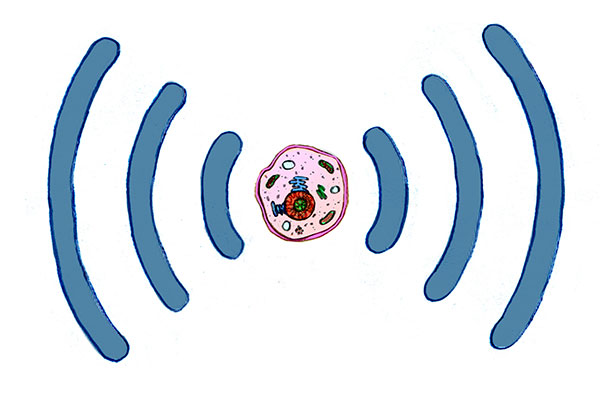In our cells, there is a widely expressed secreted factor called pigment epithelium-derived factor (PEDF), which affects a bewildering array of bodily processes. The cellular receptors that bind PEDF are at the root of many useful activities, such as preventing the formation of new blood vessels, protecting cells in the retina and brain from damage, and stopping cancer cells from growing. Despite considerable effort by scientists in academia and industry, the identity of the receptors had, until recently, remained a mystery. This long-standing puzzle was so intractable that it took HHMI Early Career Scientist Hui Sun and his team at the University of California, Los Angeles, seven years to solve.
“We were initially intrigued by this problem because of PEDF’s broad medical value in treating major diseases,” says Sun. “But the hunt for the receptor turned out to be an extremely challenging adventure.” His team methodically searched for PEDF’s binding partner by looking at various native tissues and cells, as well as in databases of molecules with unknown functions. Finally, they found two proteins that fit the bill – PLXDC1 and PLXDC2.
As Sun’s team reported December 23, 2014, in eLife, these two proteins confer cell-surface binding to PEDF, transduce PEDF signals into distinct types of cells that respond to PEDF, and function in a cell type-specific manner. Because of the critical role of these cell-surface receptors in PEDF signaling, they have high potential as therapeutic targets for cancer and other diseases.







